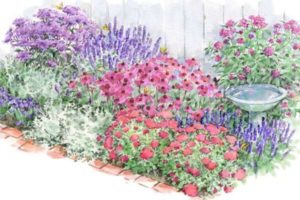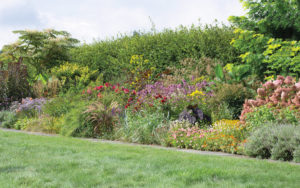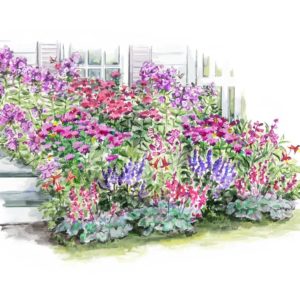As summer draws to a close and blossoms begin to fade, it’s important to rely on plants that bring late-season interest to borders and beds. Among the autumn and winter stars of the garden are perennial favorites including fall-blooming Anemones, Asters, Ornamental Grasses, Perovskia (Russian Sage), Rudbeckias, Sedums, and Symphyotrichums, and shrubs including Aronia (Chokeberry), Itea (Sweetspire), Oakleaf Hydrangea, and Viburnum. Every garden needs a sampling of these easy-care plants to maximize the season of bloom or foliage interest and to carry the garden and landscape into autumn and beyond. A number of these plants also provide essential food for pollinators, who need nourishment and support as the season nears its end. Below are a few of our favorites.
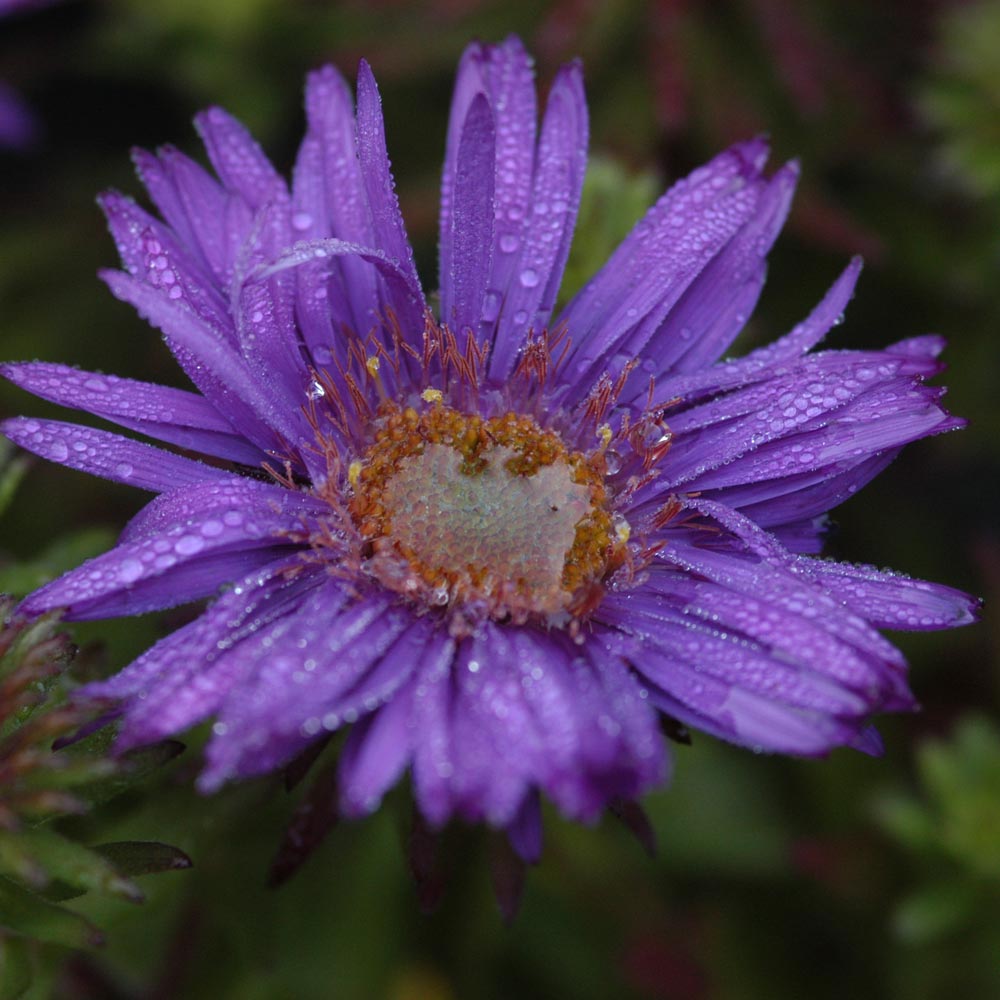
The first true dwarf among the New England Asters, Symphyotrichum novae-angliae ‘Purple Dome’ offers perfect 1″ flowers of bright purple in such profusion that they completely cover the compact plant for a full month starting in mid-September. Plants are sturdy enough never to need support and they make a delightful mass of rich color. Late in the season, the seeds provide a high-energy food source for chickadees, titmice, and wrens. Try them with Japanese Anemones.
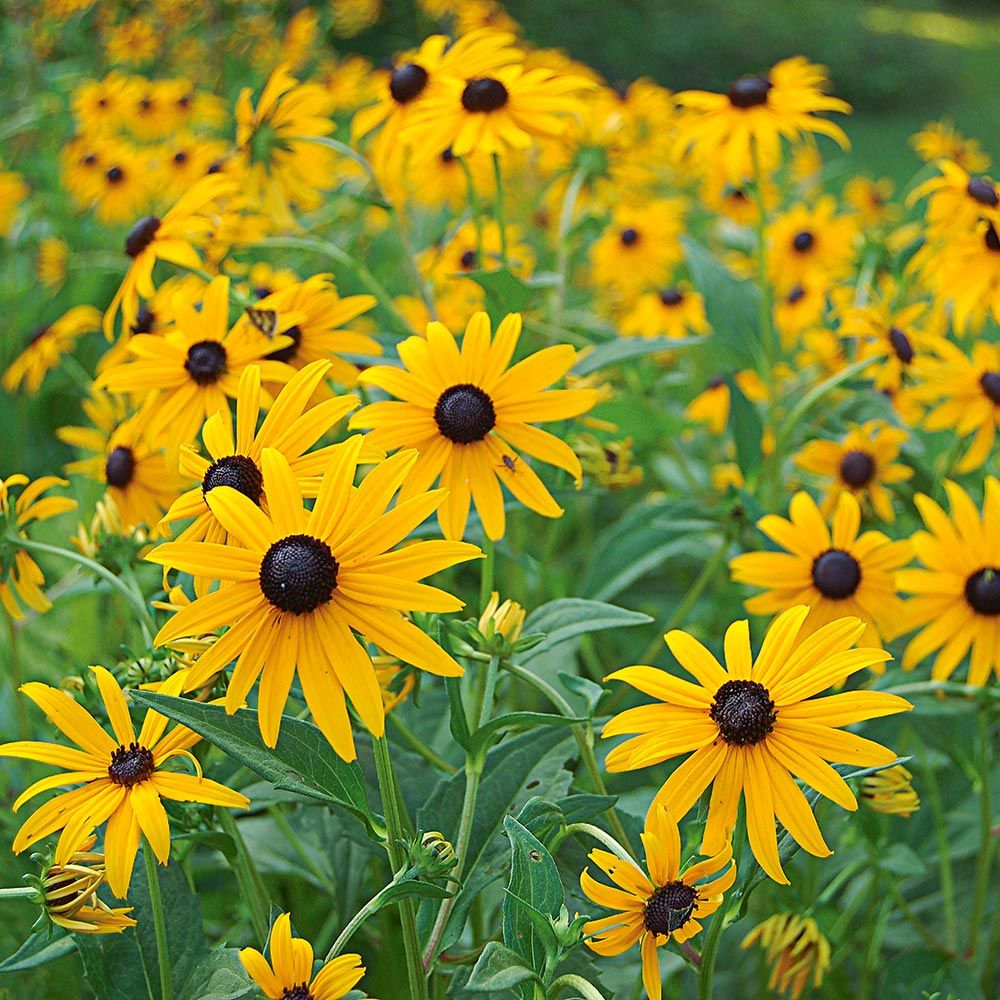
One of the best and most beloved garden plants of all time is the Black-eyed Susan, a glorious and traditional highlight of summer. While the native plant Rudbeckia fulgida is enchanting, sullivantii ‘Goldsturm’ improves upon an already good thing by providing more and bigger flowers in a consistent bright golden yellow on upright plants that reach 40″. It blooms prodigiously from late July to early October.
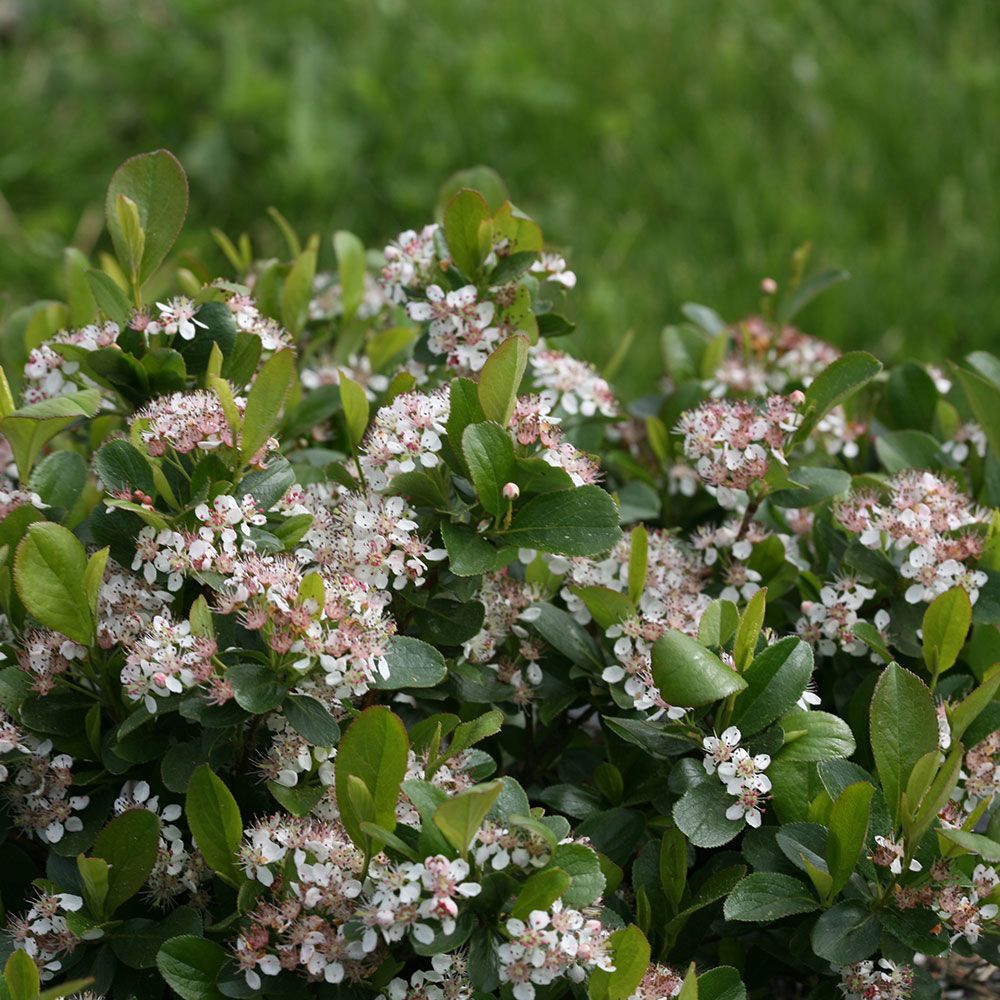
From the UConn breeding program run by Mark Brand and Bryan Connolly comes Aronia melanocarpa Low Scape® Mound, an improved, low-growing form of our native Chokeberry. It welcomes spring with a profusion of white flowers that turn to nearly black fruit. The berries are a favorite of birds, including mockingbirds, warblers, and vireos. The glossy green foliage provides a lovely backdrop for the blooms before changing to red and orange for fall.
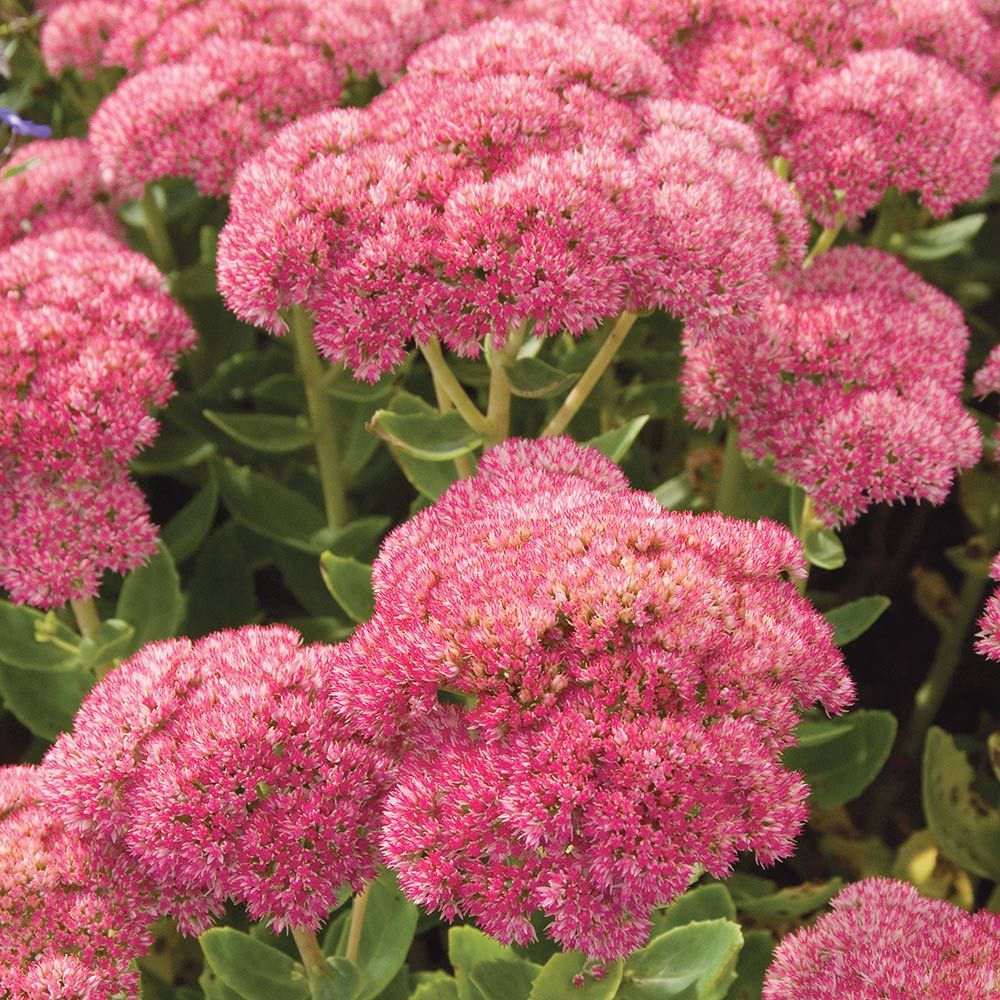
Sedum ‘Autumn Joy’ (‘Herbstfreude’) is one of the highlights of the late-season garden. Its leaves are blue green, thick, and succulent. Its flowers, which begin to open in August on 18–24″ stems, start rosy pink, deepen to salmon, then to rust, and finally turn rich brown in an evolution that takes place over many weeks. The blooms are long lasting in a vase and are superb dried, whether brought indoors or left standing in the garden to catch light snowfalls.
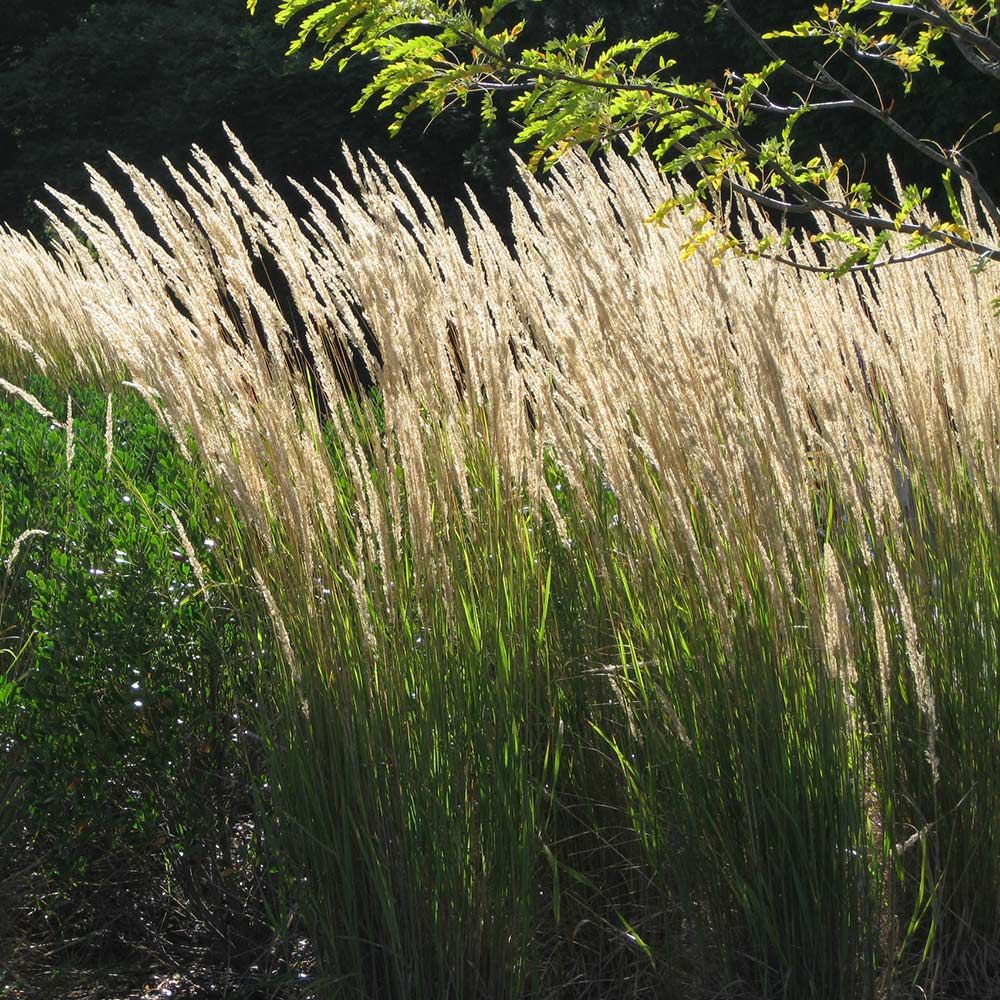
As an exclamation point in a border, Feather Reed Grass is one of our favorites because of its upright habit and good manners. Calamagrostis x acutiflora ‘Karl Foerster’ forms neat clumps of foliage 18–24″ tall. In June, the toasty brown, feathery flower spikes rise up to 5′ or more. By August they are narrow shafts of a buff color. Despite their delicate and graceful appearance they hold their shape through the winter.
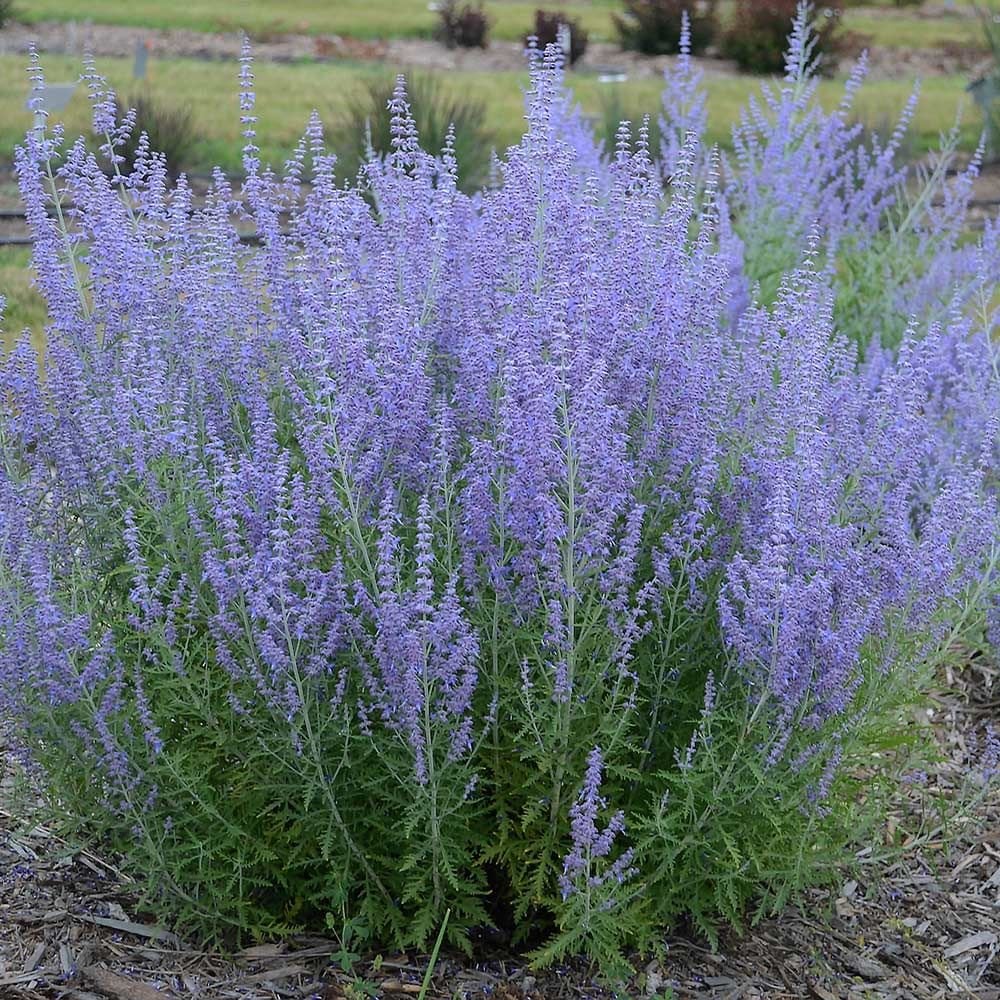
A hardy, compact Russian Sage, Perovskia atriplicifolia ‘Blue Jean Baby’ is a great choice for anyone whose garden is too small for the original. Stems of silver-green foliage with small purple flowers erupt in a lilac haze in midsummer, and the color lasts until fall.
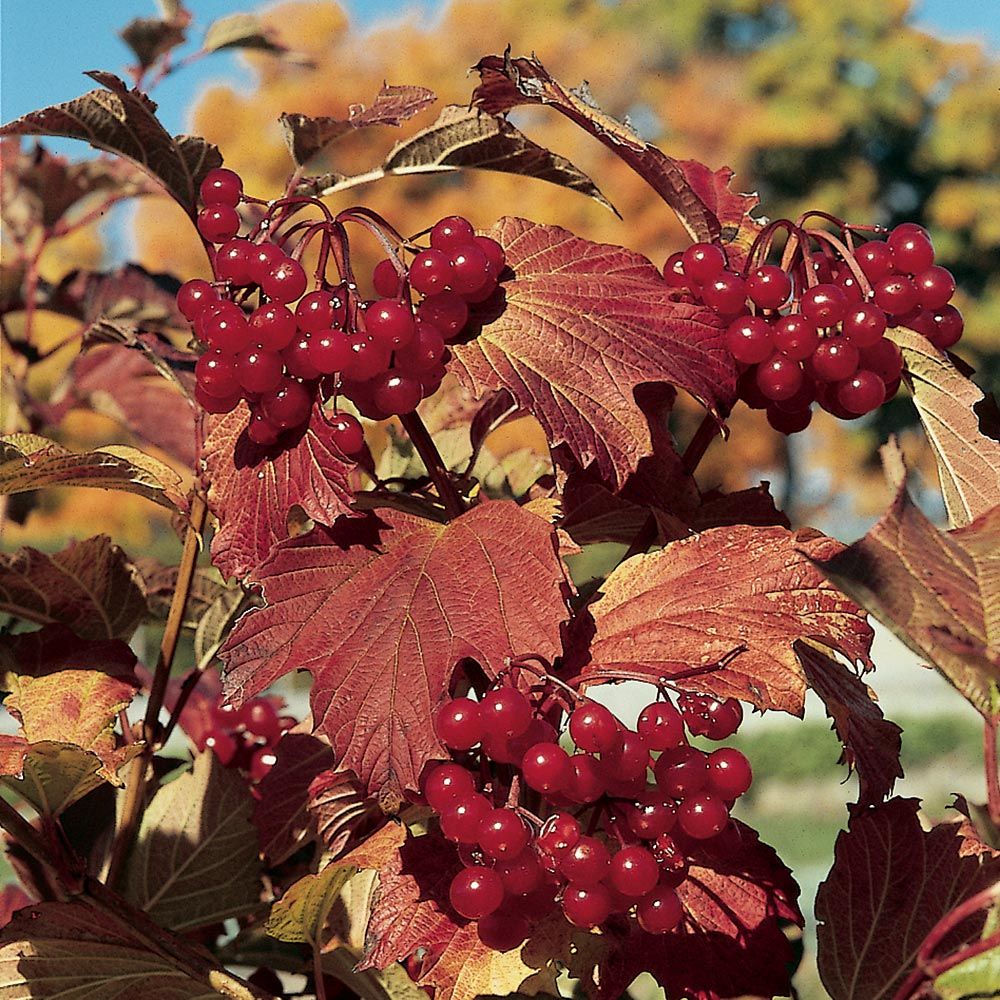
‘Wentworth’ is an outstanding native Viburnum trilobum that has three seasons of interest. In late spring, it produces abundant heads of white flowers. The flowers are followed by clusters of ¼” berries that turn bright glistening red as they ripen in late summer, attracting thrushes and cardinals among other species. Finally, in autumn, the 3-lobed foliage takes on stunning shades of burgundy. ‘Wentworth’ has an upright habit that makes it useful as a screen or an informal hedge.

